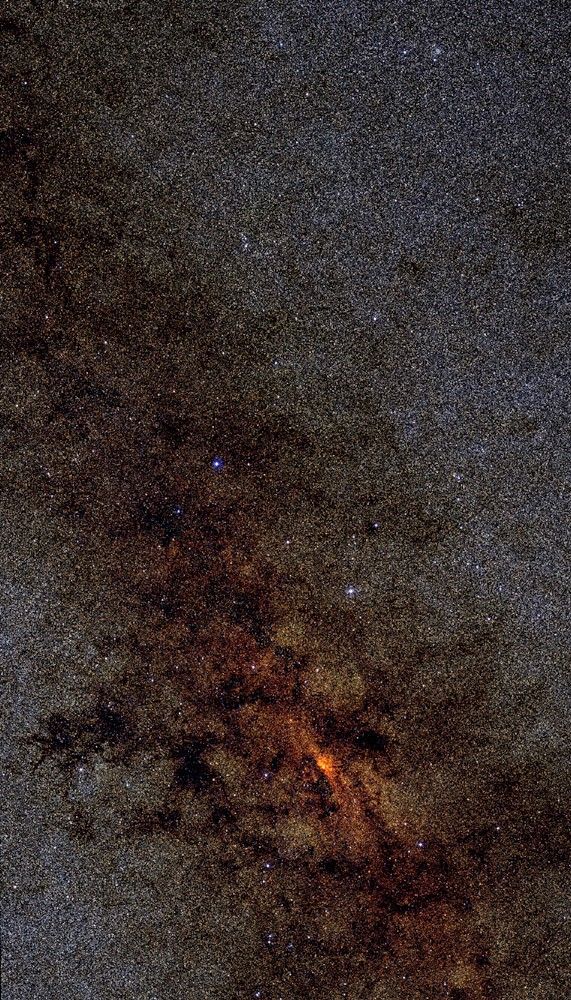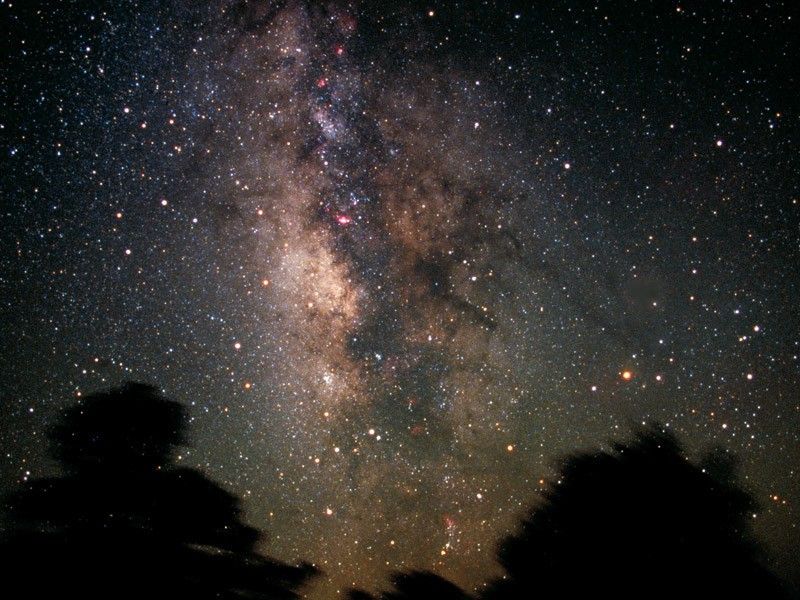1 min read
The Arches and Quintuplet Clusters Near the Milky Way’s Galactic Center

Penetrating 25,000 light-years of obscuring dust and myriad stars, NASA's Hubble Space Telescope has provided the clearest view yet of a pair of the largest young clusters of stars inside our Milky Way galaxy, located less than 100 light-years from the very center of the Galaxy. Having the equivalent mass greater than 10,000 stars like our sun, the monster clusters are ten times larger than typical young star clusters scattered throughout our Milky Way. Both clusters are destined to be ripped apart in just a few million years by gravitational tidal forces in the Galaxy's core. But in the brief time they are around, they shine more brightly than any other star cluster in the Galaxy.
Arches cluster (left): The more compact Arches cluster is so dense, over 100,000 of its stars would fill a spherical region in space whose radius is the distance between the Sun and its nearest neighbor, the star Alpha Centauri, 4.3 light-years away. At least 150 of its stars are among the brightest ever seen in the Galaxy.
Quintuplet cluster (right): This 4-million-year-old cluster is more dispersed than the Arches cluster. It has stars on the verge of blowing up as supernovae. It is the home of the brightest star seen in the Galaxy, called the Pistol star.
Both pictures were taken in infrared light by Hubble's NICMOS camera in September 1997. The false colors correspond to infrared wavelengths. The galactic center stars are white, the red stars are enshrouded in dust or behind dust, and the blue stars are foreground stars between us and the Milky Way's center.
The clusters are hidden from direct view behind black dust clouds in the constellation Sagittarius. If the clusters could be seen from Earth they would appear to the naked eye as a pair of third magnitude "stars," 1/6th of a full moon's diameter apart.
About the Object
- ConstellationConstellationOne of 88 recognized regions of the celestial sphere in which the object appears.Sagittarius
About the Data
- Data DescriptionData DescriptionProposal: A description of the observations, their scientific justification, and the links to the data available in the science archive.
Science Team: The astronomers who planned the observations and analyzed the data. "PI" refers to the Principal Investigator.F110W (J-band), F160W (H-band), F187N (Paschen-alpha), and F205W (205nm)
- Object NameObject NameA name or catalog number that astronomers use to identify an astronomical object.Arches Cluster, Quintuplet Cluster
- Object DescriptionObject DescriptionThe type of astronomical object.Star Clusters
- Release DateSeptember 16, 1999
- Science ReleaseHubble Spies Giant Star Clusters Near Galactic Center
- Credit
Related Images & Videos
Share
Details
Claire Andreoli
NASA’s Goddard Space Flight Center
Greenbelt, Maryland
claire.andreoli@nasa.gov
































